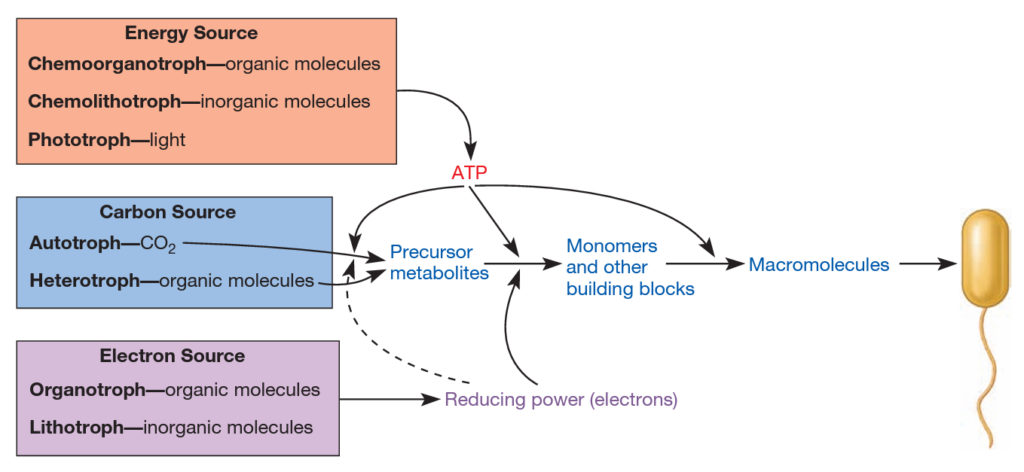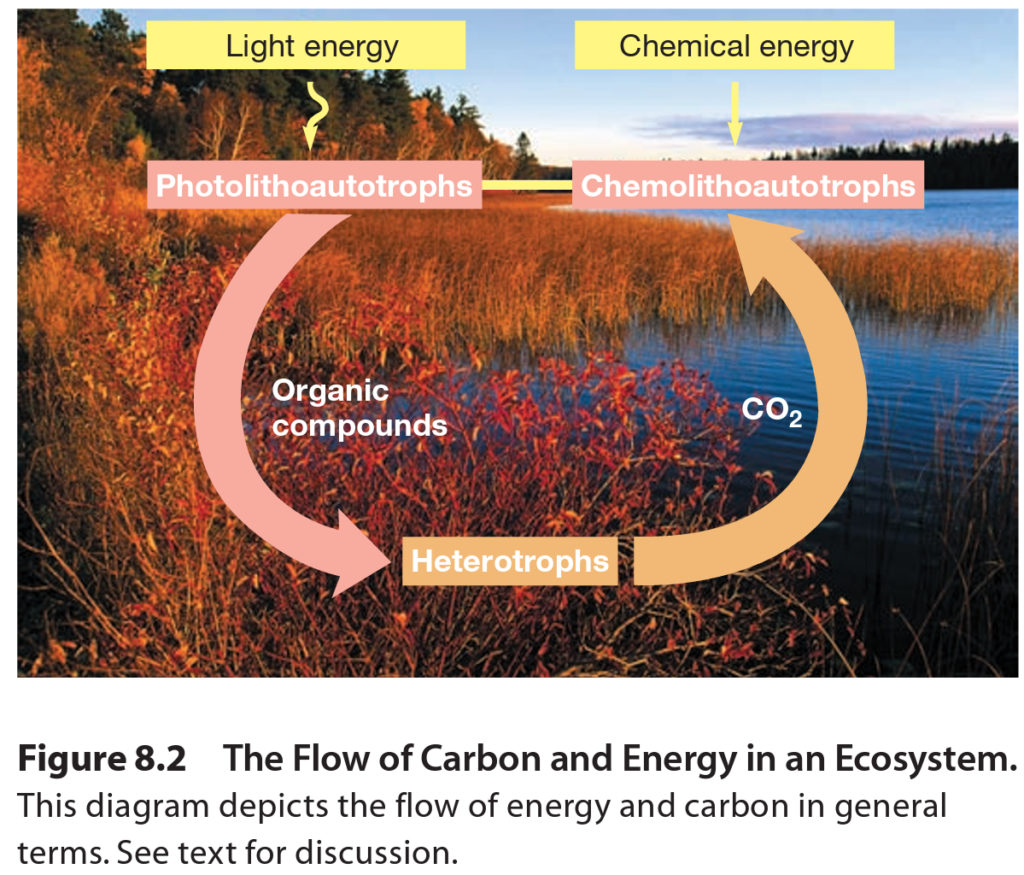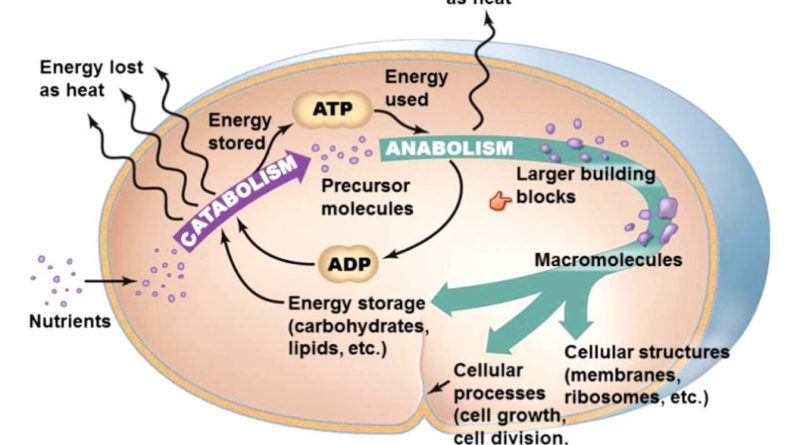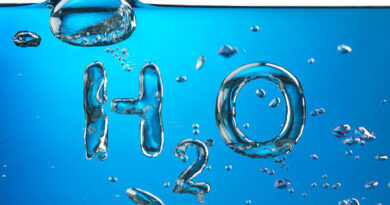Introduction To Microbial Metabolism
Metabolism is the total of all reactions occurring in the cell. It can be divided into two major parts: energy – conserving reactions and anabolism. In the energy conserving reaction or fueling reaction, energy is provided by its source (e.g. by food) released and conserved as ATP. These reactions some time refer to as catabolism. Because they involve the reactions of breakdown of relatively large, complex organic molecules into small, simple molecules.

On the other hand, anabolism is the synthesis of new complex molecules from small organic compound. It involve a series of steps: (1) conversion of the organism’s carbon source into a set of small molecules called precursor metabolites; (2) synthesis of monomers and other building blocks (i.e. amino acids, nucleotides, simple carbohydrates, and simple lipids) from the precursor metabolites; (3) synthesis of macromolecules (e.g., proteins, nucleic acids, complex carbohydrate and complex lipid); (4) assembly of macromolecules into cellular structures.
Anabolism is an energy seeking process. And this energy can be provided from catabolic process, stored in the form of ATP. Refusing power is needed because anabolism is a reductive process; that is, electrons are added to small molecules as they are used to build macromolecules.
There are five major nutritional types of microorganisms based on their sources of energy, carbon, and electron. Animals and many microbes are chemoorgano-heterotrophs. These organisms use organic molecules as their source of energy, carbon, and electrons. In other words, the same molecule that supplies them with energy also supplies them with carbon and electrons.
Chemoorganoheterotrophs can use one or more catabolic process like fermentation, aerobic respiration, or anaerobic respiration.
Chemolithoautotrophs use CO2 as a carbon source and reduced inorganic molecules as sources of both energy and electrons. There energy conserving processes are sometime called as respiration because they are similar to the respiratory processes carried out by chemoorganoheterotrophs.
Photolithotrophic microbes use light as their source of energy and inorganic molecules as a source of electrons. When they use water as their source of electron, as do plants, they release oxygen into the atmosphere by a process called oxygen in photosynthesis.
Certain photosynthetic bacteria do not use water as an electron source; they do not release oxygen into the atmosphere and are called an oxygen if phototrophs.
Photolithotrophs are usually autotrophic, using CO2 as a carbon source. However, some phototrophic microbes are heterotrophic.
The ultimate source of most biological energy is visible sunlight. Light energy is trapped and reducing power is generated by photoautotrophs and used to transform CO2 into organic molecules such as glucose.
These organic molecules then serve as energy, carbon and electron sources for chemoorganoheterotrophs. The breakdown of the organic molecules by chemoorganotrophs releases CO2 back into the atmosphere
In a similar cycle, chemolithoautotrophs use the energy and reducing power derived from inorganic energy sources to synthesize organic molecules, which “feed” chemoorganoheterotrophs. Thus the flow of carbon and energy in ecosystems are intimately related.




